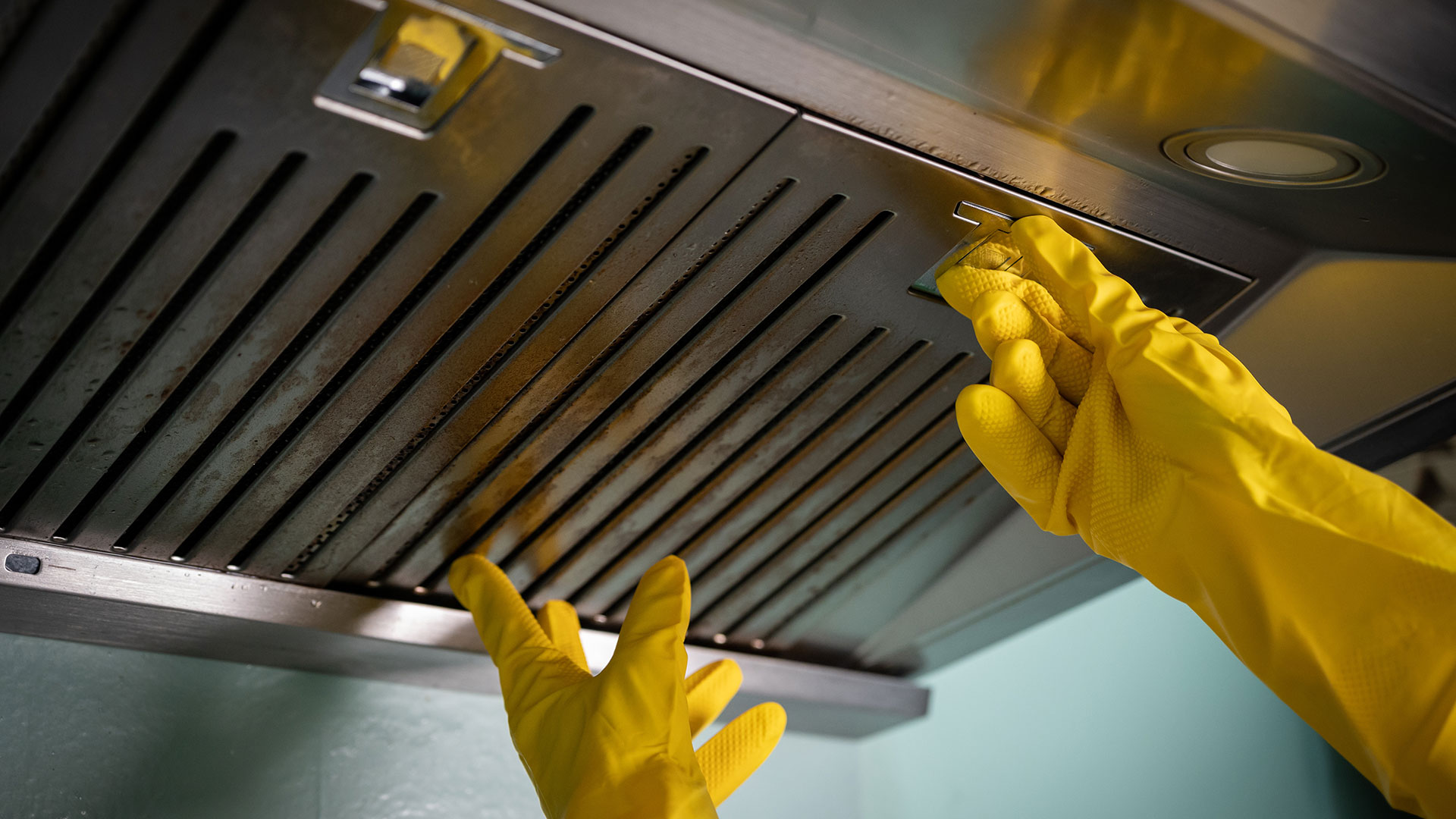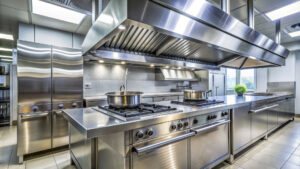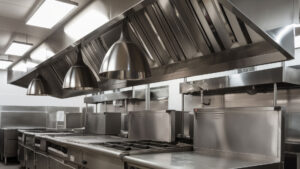Restaurant & commercial kitchen operators often ask about the cost of professional kitchen exhaust cleaning. While it’s natural to seek a simple answer, the reality is that several factors determine the final cost of this essential service. Understanding these factors helps you make informed decisions about your kitchen maintenance budget.
Primary Cost Factors
The size and complexity of your exhaust system significantly influence cleaning costs. A typical system includes the hood, ductwork, and exhaust fan, but configurations vary widely between facilities. A small sandwich shop with a single hood system requires less time and labor than a large hotel kitchen with multiple hoods and extensive ductwork.
System accessibility also plays a crucial role in determining costs. Ground-floor restaurants with straight vertical ductwork typically cost less to clean than facilities with complex horizontal duct runs or difficult-to-access rooftop components. Multi-story buildings often require additional equipment and labor hours, which affects the final price.
Frequency Impacts Overall Costs
Your cooking volume and type directly affect both cleaning frequency requirements and price per service. High-volume operations cooking with solid fuels or producing significant grease-laden vapors require more frequent cleaning and often more intensive labor during each service. This translates to different annual costs compared to operations with lighter cooking volumes.
The National Fire Protection Association (NFPA) provides guidelines for cleaning frequency:
– Monthly: High-volume cooking operations, especially those using solid fuel
– Quarterly: Most full-service restaurants
– Semi-annually: Moderate-volume operations
– Annually: Light-duty cooking operations
Additional Services That Affect Cost
A thorough exhaust cleaning service often includes related components that influence the total price:
Access panels may need installation if your system lacks adequate cleaning access points. While this represents an additional upfront cost, proper access points reduce future cleaning costs by improving system accessibility.
Filter cleaning and replacement services might be included in some service packages but priced separately in others. Understanding what’s included in your service quote helps avoid unexpected costs.
Documentation and certification requirements add value to the service but may affect the final price. Professional companies provide detailed reports and photographs documenting the cleaning process.
Cost-Saving Considerations
While professional exhaust cleaning represents a significant investment, several approaches can help manage costs effectively:
Regular maintenance between professional cleanings can reduce buildup and potentially lower cleaning costs. Training kitchen staff to maintain filters and accessible hood surfaces properly helps minimize grease accumulation.
Service contracts often provide cost advantages compared to individual service calls. Many contractors offer preferential pricing for scheduled maintenance programs, which can reduce your per-service cost while ensuring consistent maintenance.
Investment Protection
When evaluating exhaust cleaning costs, consider the potential costs of inadequate maintenance:
Insurance claims may be denied if proper cleaning documentation isn’t maintained. This makes professional cleaning an essential investment in risk management rather than simply an operating expense.
Equipment efficiency suffers when exhaust systems are dirty, potentially increasing energy costs and reducing kitchen comfort. Clean systems operate more efficiently, potentially offsetting some maintenance costs through reduced energy consumption.
Making an Informed Decision
To get accurate pricing for your facility:
First, document your system’s components, including the number of hoods, approximate ductwork length, and any accessibility challenges. This information helps contractors provide accurate quotes.
Second, understand your cleaning frequency requirements based on cooking volume and type. This helps calculate annual costs more accurately.
Third, request detailed quotes specifying exactly what services are included and what documentation will be provided.
The Cost of Inadequate Service
While it’s tempting to choose the lowest-priced service, inadequate cleaning can prove extremely costly. A proper cleaning service includes:
– Complete access to all system components
– Thorough cleaning of all surfaces
– Detailed documentation
– Professional technicians
– Proper insurance coverage
Next Steps
To understand the specific costs for your facility, a professional inspection provides the most accurate assessment. This allows contractors to evaluate your system’s specific requirements and provide detailed pricing based on your actual needs.
Schedule Your Free Inspection and Cost Assessment
Contact us at (602) XXX-XXXX to arrange a thorough system evaluation. Our team will provide a detailed quote based on your specific requirements, helping you understand the true cost of maintaining your kitchen exhaust system properly.



